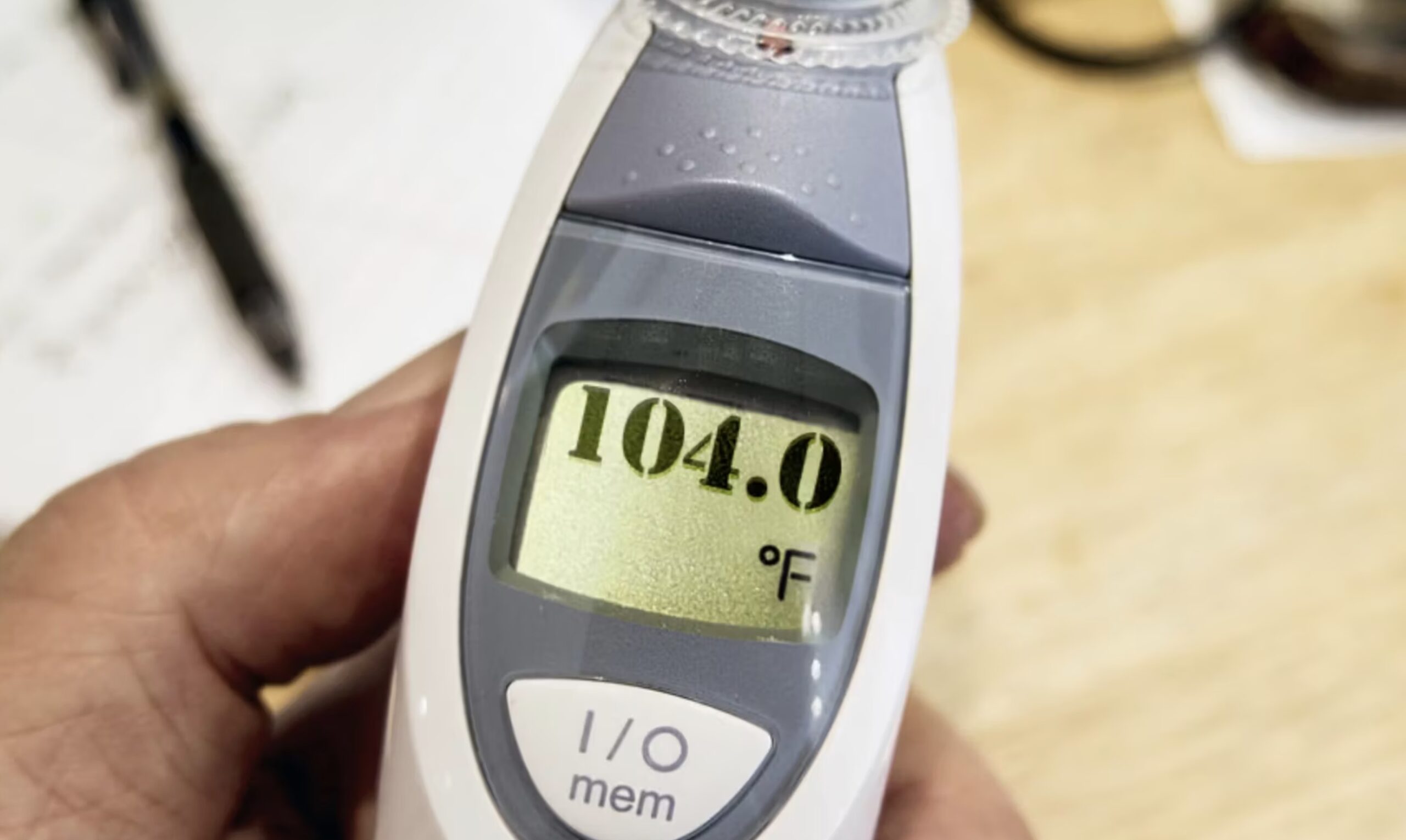Infectious Mononucleosis: Symptoms, Causes, Treatment
What are the symptoms of infectious mononucleosis?
Infectious mononucleosis, often referred to as mono or the “kissing disease,” is a viral infection caused by the Epstein-Barr virus (EBV). The symptoms of infectious mononucleosis can vary widely among individuals, but common symptoms may include:
- Fatigue: Severe fatigue and weakness are common symptoms of mono and can last for weeks or even months.
- Sore throat: A sore throat is a common early symptom of mono and is often accompanied by swollen tonsils and lymph nodes.
- Fever: A mild to high fever is common with mono, and it may persist for several days or weeks.
- Swollen lymph nodes: Swollen lymph nodes, particularly in the neck and armpits, are common with mono and can be tender to the touch.
- Swollen spleen: The spleen, an organ located under the left side of the rib cage, may become enlarged and tender in some individuals with mono.
- Swollen liver: The liver may become enlarged and tender in some individuals with mono, although this is less common than spleen enlargement.
- Rash: A rash can occur in some cases of mono, particularly if the individual is treated with certain antibiotics.
- Muscle aches: Generalized muscle aches and pains are common with mono, especially during the early stages of the illness.
- Headache: Headaches are a common symptom of mono and can vary in severity.
- Loss of appetite: Many people with mono experience a loss of appetite, which can contribute to weight loss.
It’s important to note that the symptoms of mono can resemble those of other illnesses, such as the flu or strep throat. If you suspect that you or someone you know may have mono, it’s important to see a healthcare provider for proper diagnosis and management.
What are the causes of infectious mononucleosis?
Infectious mononucleosis, commonly known as mono, is primarily caused by the Epstein-Barr virus (EBV). EBV is a member of the herpesvirus family and is one of the most common viruses worldwide.
The virus is transmitted through contact with saliva, which is why mono is often referred to as the “kissing disease.” However, EBV can also be spread through other means, such as sharing drinks or utensils with an infected person, or through contact with infected objects or surfaces.
Once a person is infected with EBV, the virus remains in their body for life, usually in a dormant (inactive) state. However, in some cases, the virus can reactivate, leading to symptoms similar to those of the initial infection, although usually less severe.
In addition to EBV, other viruses can also cause infectious mononucleosis, although less commonly. These include cytomegalovirus (CMV) and, rarely, other herpesviruses.
It’s important to note that not everyone who is infected with EBV will develop symptoms of mono. In fact, many people are infected with EBV in childhood or adolescence and may not even be aware of it, as they may have no symptoms or only mild symptoms.
What is the treatment for infectious mononucleosis?
There is no specific treatment for infectious mononucleosis (mono) caused by the Epstein-Barr virus (EBV). The illness is usually self-limiting and resolves on its own over several weeks to months. Treatment focuses on managing symptoms and providing supportive care. Here are some common approaches:
- Rest: Rest is important to help the body recover from the infection. Avoiding strenuous activities can prevent complications such as a ruptured spleen, which is a rare but serious complication of mono.
- Hydration: Drinking plenty of fluids can help prevent dehydration, especially if you have a fever or sore throat.
- Pain relief: Over-the-counter pain relievers such as acetaminophen (Tylenol) or ibuprofen (Advil, Motrin) can help reduce fever, relieve pain, and alleviate sore throat and muscle aches.
- Gargling: Gargling with warm salt water can help soothe a sore throat.
- Avoiding contact sports: Due to the risk of spleen rupture, it’s advisable to avoid contact sports or activities that could result in abdominal trauma until the spleen returns to its normal size.
- Antibiotics: Antibiotics are not effective against viral infections like EBV and are not routinely prescribed for mono. However, if a bacterial infection such as strep throat occurs alongside mono, antibiotics may be prescribed.
- Corticosteroids: In some cases, corticosteroids may be prescribed to reduce severe swelling in the throat or tonsils, but they are not commonly used.
It’s important to see a healthcare provider if you suspect you have mono, especially if you experience severe symptoms or complications. A healthcare provider can confirm the diagnosis and provide guidance on managing symptoms and preventing complications.




